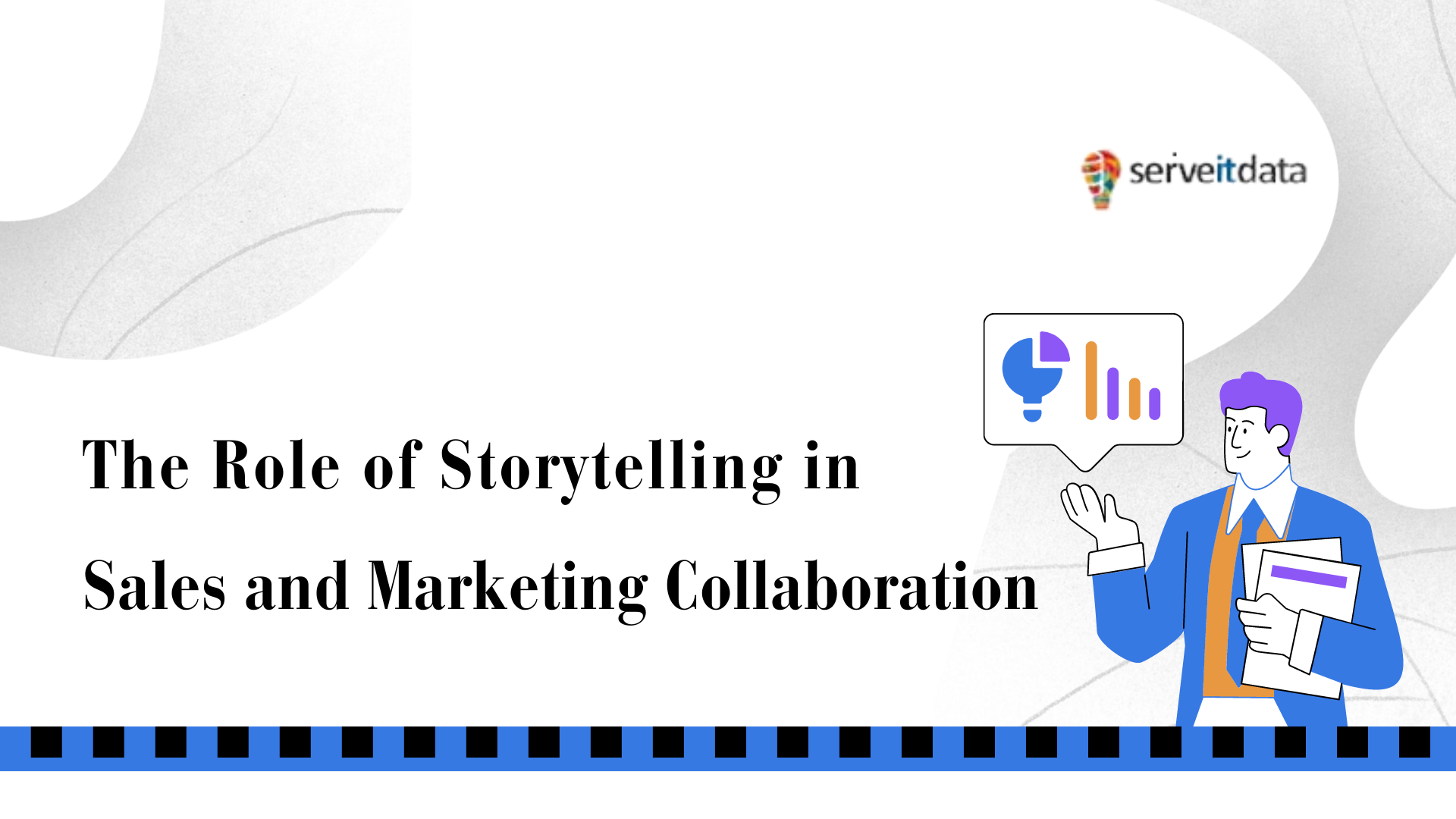The Role of Storytelling in Sales and Marketing Collaboration
Storytelling has long been a powerful tool for human communication and connection. In the world of sales and marketing, storytelling plays a crucial role in capturing the attention of customers, creating emotional connections, and driving meaningful engagements. This article explores the significance of storytelling in sales and marketing collaboration, highlights its benefits, and provides insights into how businesses can leverage storytelling to enhance their sales and marketing efforts.

The Power of Storytelling in Sales and Marketing
Storytelling goes beyond the traditional sales pitch or marketing message. It allows businesses to convey their brand’s values, establish a personal connection with their audience, and differentiate themselves from competitors. By crafting compelling narratives, businesses can engage customers on an emotional level, leading to increased brand loyalty, customer satisfaction, and ultimately, higher conversion rates.
Building Trust and Relatability
Effective storytelling helps build trust and relatability with customers. By sharing authentic stories that resonate with their audience’s experiences, businesses can establish a sense of trust and credibility. When customers can relate to the stories being told, they are more likely to connect with the brand and perceive it as trustworthy, leading to stronger relationships and repeat business.
Creating an Emotional Connection
Storytelling has the power to evoke emotions, which is essential for sales and marketing success. By weaving narratives that touch on the pain points, desires, and aspirations of their target audience, businesses can create emotional connections. When customers feel emotionally connected to a brand, they are more likely to engage with its products or services, share their experiences with others, and become brand advocates.
Differentiating from Competitors
In a competitive marketplace, storytelling can be a powerful tool for differentiation. By sharing unique stories about the brand’s origins, values, or customer success stories, businesses can stand out from their competitors. Stories provide an opportunity to showcase what makes a brand special and why customers should choose them over other options. This differentiation can be a key factor in influencing purchasing decisions.
Enhancing Sales and Marketing Collaboration
Storytelling also plays a crucial role in fostering collaboration between sales and marketing teams. By aligning their narratives and messaging, these teams can create a unified brand story that resonates with customers at every touchpoint. When sales and marketing collaborate closely on storytelling, it ensures consistency in messaging, enhances the customer journey, and maximizes the impact of sales and marketing efforts.
Leveraging Customer Testimonials and Success Stories
Customer testimonials and success stories are powerful storytelling assets. These stories demonstrate the value and impact of a product or service through the voice of satisfied customers. By incorporating these stories into sales and marketing materials, businesses can build credibility, address customer concerns, and inspire potential buyers to take action. Customer stories provide real-world examples that customers can relate to, making them an effective tool for sales and marketing collaboration.
Creating Compelling Content
Storytelling also extends to content creation. Businesses can leverage storytelling techniques to develop engaging and relevant content that resonates with their target audience. Whether it’s through blog posts, videos, social media campaigns, or email newsletters, storytelling helps capture attention, maintain interest, and drive engagement. By consistently delivering compelling content, businesses can establish themselves as thought leaders in their industry and keep their audience engaged throughout the buyer’s journey.
Measuring the Impact of Storytelling
To fully leverage the power of storytelling, businesses must measure its impact. By tracking key metrics such as engagement rates, conversion rates, and customer feedback, businesses can assess the effectiveness of their storytelling efforts. These insights can guide future storytelling strategies, allowing businesses to refine their narratives and continuously improve their sales and marketing collaboration.
In Conclusion, In the realm of sales and marketing, storytelling is a powerful tool for capturing attention, building trust, and driving engagement. By incorporating storytelling into their sales and marketing strategies, businesses can create emotional connections, differentiate themselves from competitors, and enhance collaboration between sales and marketing teams. With the right storytelling techniques and measurement practices in place, businesses can unlock the full potential of storytelling and elevate their sales and marketing efforts to new heights.


